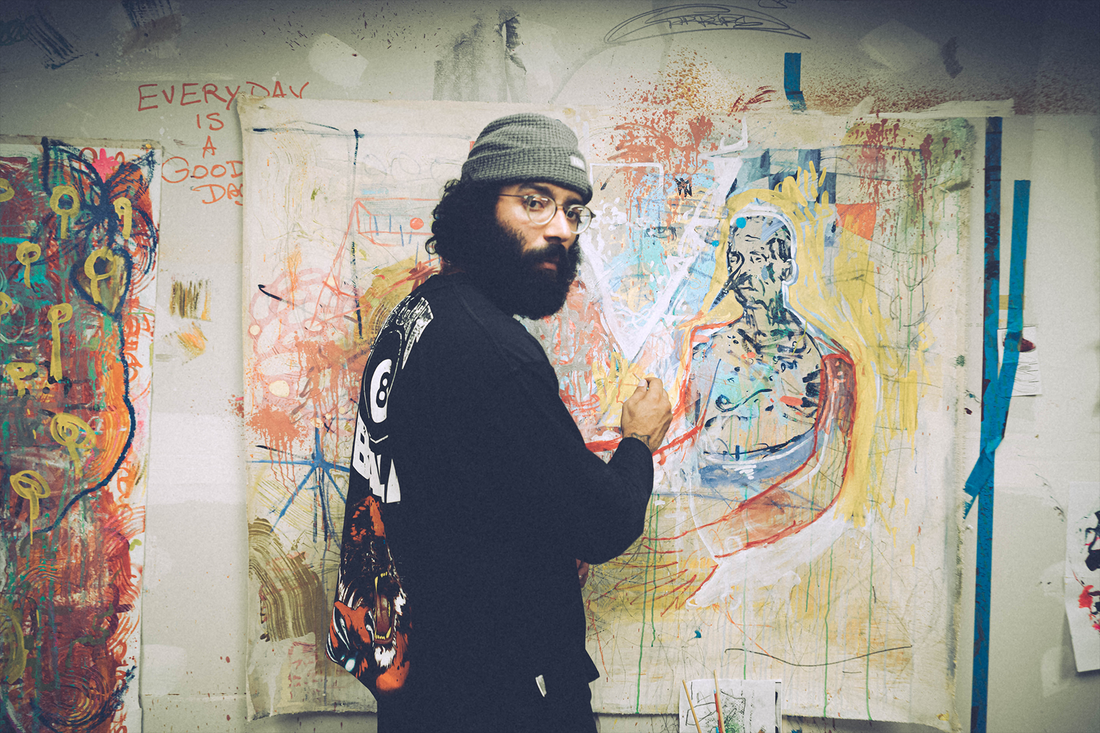Hey Folks!
We recently put up artist submissions over on our email: submissions@mythopoeia.us. We went through all of the regular comic channels, which to us looked like /r/comicbookcollabs, Deviant Art, the Facebook group Connecting Comic Book Artists and Writers, and the old stomping grounds of Digital Webbing!
Looking for artists is always a fun experience for us. We love looking through portfolios and seeing what kind of new talent is out there. That said, thought I'd explore a little what we think makes a good portfolio and what should be included when looking for art jobs.
So all of this is just from our experience over the years and our preferences. There's not a single format for these things. Okay? Alright. Here we go.
1. READ THE INSTRUCTIONS
For our submissions, we will only look at the email: submissions@mythopoeia.us. If you send us a direct message or send your portfolio to other emails we will ignore them for the most part. Don't do that. Sometimes we'll ask to give the email a specific title. This is a test to make sure you follow the instructions.
For any sort of job or formal application, make sure to always read the instructions carefully.
2. SEND ONLY ONE PORTFOLIO LINK
Oftentimes, we'll get multiple links to individual art. While we still look at those portfolios, it leaves a bad first impression. We go through hundreds of portfolios every time we post. The easier you make it for us to go through them, the more favorable our opinion is.
Chances are if you send multiple links we'll only click on one of them, and oftentimes we don't click on the first one. The only way to make sure we see what you want us to see is by sending one link, clearly indicated in a cover letter or as an attachment.
3. INCLUDE A COVER LETTER
On the opposite end of the spectrum, don't write an entire essay. Like in life and dating, if you make it known you want something really bad it can come off as desperate.
4. MAKE A GOOD FIRST IMPRESSION
5. THE ART IS EVERYTHING
- Framing
- Expressions
- Anatomy
- Movement
- Background
- Perspective
If you're looking to work in comics, we highly suggest having work that covers the technical know-how above. We recommend having between 5-8 piece in your portfolio. Anything more than that probably won't get a look. And although we're not artists ourselves, we usually can tell when there is a technical deficiency in work.
A common mistake we see is relying two much on one character / two character composition in the form of pinups or covers. Those are great, but make sure if you want to work in sequentials to show you can frame and draw perspective too. It doesn't necessarily have to be a sequential page, but we need to see that in your work.
--------------------------
Thank you everyone who submitted! We love seeing artists work and wish we had time to respond each and every one of you.
If you'd like to see what some good looking portfolios look like, check out Pixpa's Article on Artist Portfolios here!
Hope this was useful to somebody. Keep working on honing that craft!
- Ray

